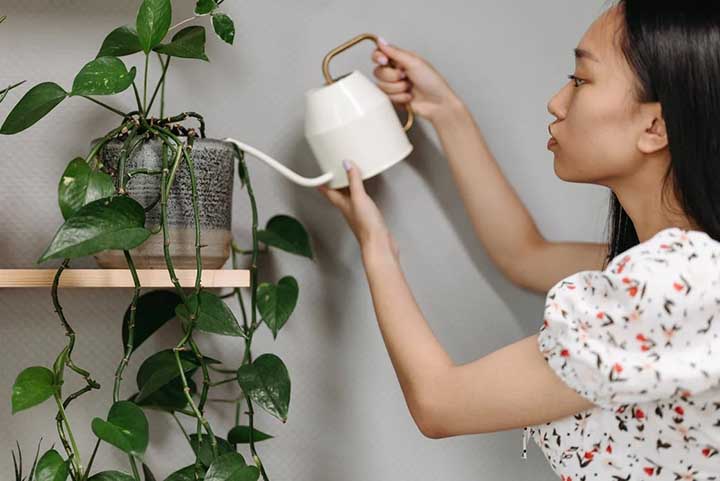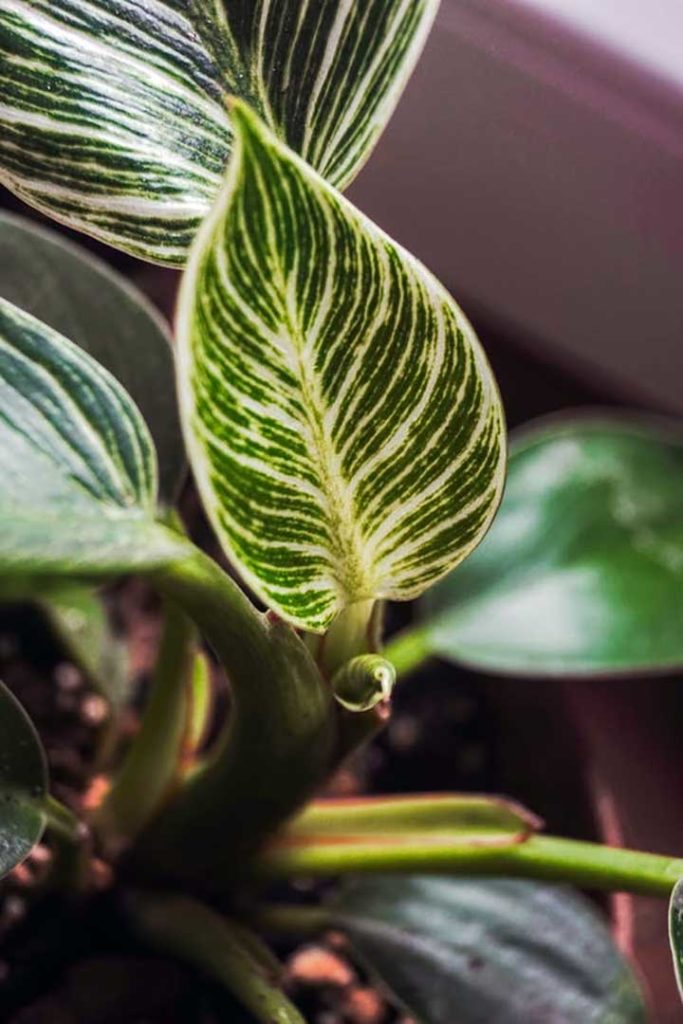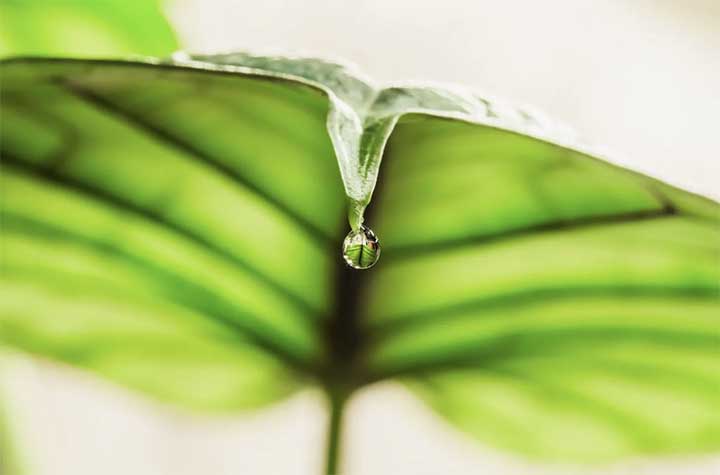Have you ever awakened and walked over to your plants to find teardrops hanging from their leaves? Then, you’ve observed guttation in action.
Even though this might be alarming to new plant owners, there’s no reason to become worried. This is a natural process that plants like philodendrons go through, like sweating for humans.
So, keep reading this article to help you understand how dripping water appears on your plants.
Why Is My Philodendron Dripping Water?
Philodendron plants drip water because gravity pulls the moisture from the veins to the edge of the leaves. Then, the moisture forms droplets. This results from the natural plant process of water being drawn upward through the contraction of the phloem (the undersurface of stems).
Table of Contents
Why Does Water Drip From Plant Leaves?
As already mentioned, plants are not too different from humans; they do the same actions of weeping and leaking as we do. However, there’s a specific explanation for your plant dripping water.
Guttation refers to this process of drawing moisture from the roots which have collected water. Thanks to hydrostatic pressure, the roots push the water outwards through the tiny holes on their leaves (stomata) and lead to little bubbles of water forming on your plants.
Sometimes, guttation can be confused with dew drops, the name used to describe a similar appearance of dripping water on your plant. However, in this case, the moisture comes from the surrounding air.
Whereas guttation is when moisture develops from the plant itself.
But, when do you know that guttation has occurred?
How Do You Know When Your Plant Has Dripped Water?
At different times of the day, you can spot water droplets, the name given to the dripping water from your philodendron. Typically, guttation happens during nighttime and can’t be stopped if there is a lot of moisture in the plant.
The most apparent sign that guttation occurs is when you touch the leaves, which are wet. Although, it’s also possible to notice some water on the floor in the morning.
When checking on your philodendrons, you’ll see the water droplets on the edge of the leaves, where they tend to form after guttation.
Whether you have a Heartleaf philodendron or a Birkin philodendron, you can expect guttation to occur if your plant is given too much water. So, it’s essential to be careful with your watering schedule.
Is Guttation Good or Bad?
Guttation is a perfectly normal process for your philodendron, and it can benefit your plant’s health!
For instance, the water droplets can run down the plant’s stem into the soil and clear away any built-up salts and toxins. It can also help moisten the ground, which can be helpful if it’s summer and your plant craves more water.
That being said, if your plant starts to drip water excessively, you might need to take action.
Overwatering is detrimental to any plant as it can ruin the nutrients in the soil and lead to root rot over time. Therefore, try to test the moisture levels of your soil every few days by placing your finger a few inches deep and seeing if it’s wet.

If the soil feels dry, you can top it up with water. However, to help you prepare a better watering schedule, a general rule for a philodendron less than two feet tall is to water once a week.
And, if your philodendron is taller than two feet, you can water more regularly.
Guttation vs Transpiration
Transpiration is closely linked to guttation, but it happens during the daytime. The stomata are closed at night, so transpiration can’t occur.
Another difference between guttation and transpiration is that the water leaving the plant via transpiration is pure and doesn’t have minerals. But, the water produced through guttation is full of minerals that can benefit the plant.
In addition, transpiration is a controlled process that plants can regulate themselves.
Therefore, the best way to think about guttation happens when transpiration is repressed during the evening hours, and there is more humidity for water droplets to form overnight.
Should I Wipe Off Guttation?
As researchers are constantly discovering more about guttation and how it impacts plants, it’s important to note that wiping off the water droplets from your philodendron might be worthwhile.
Despite the positive use of water contributing to the health of the soil, it could also be why your philodendron gets infected with bacterial diseases.
Why?
Because, just as the water can cleanse the plant stems and provide minerals, it can also transport germs from the outside into the plant’s soil. Another reason to remove guttation is that when the guttation evaporates, it can leave white spots on your philodendron leaves.
You must simply wipe the moisture off your plant with a cloth or piece of fabric.
Are There Any Issues We Should Take Care of When It Happens?
If you spot any white spots on your philodendron plant, then you should take action. Otherwise, the white spots could become leaf burn spots and damage the cells.
Giving your philodendron plant a good light source and the correct soil type should be easy to avoid leaf burn. But, you can always fertilize your plant to give it some extra nutrients and boost its health system to fight potential diseases.
How To Avoid Guttation From Turning Bad
You can always do some caring techniques to ensure guttation remains favorable for your plant. For example, the three main reasons that guttation can lead to issues are as follows:
- Overwatering
- Not enough light
- Plants need repotting
Therefore, you should follow a strict watering schedule to avoid leaving too much moisture on your plant overnight. This means it’s best to water in the morning and not before the evening when the guttation will begin.
As well as watering, placing your philodendron in the correct location is essential. Depending on your variety, you might have a Hope Philodendron or a Mican Philodendron; either way, you should pay close attention to their individual growing climates, so they have everything they need.
When it comes to fertilizing your plant, it could be better to repot the entire plant instead, as it will give the roots some new soil and prevent moisture from getting clogged up and causing problems.

Are There Any Issues Caused From Dripping Water to My Home?
The only thing that can happen when water droplets appear on your plant is falling to the floor and leaving a puddle. This is only a concern when you’re hanging philodendrons, or they are close to the ground.
Otherwise, as long as the plant is placed on a dry surface that isn’t near any floorboards, you won’t have to clear up any excess water.
Ultimately, you can do nothing to stop guttation from happening altogether. Thankfully, it doesn’t commonly lead to any issues for your philodendrons. However, being vigilant with your watering routine and cautiously fertilizing your plants is always worthwhile.
Regular inspections will ensure you’re aware of any problems before they happen and allow you to provide the proper treatment in advance.
